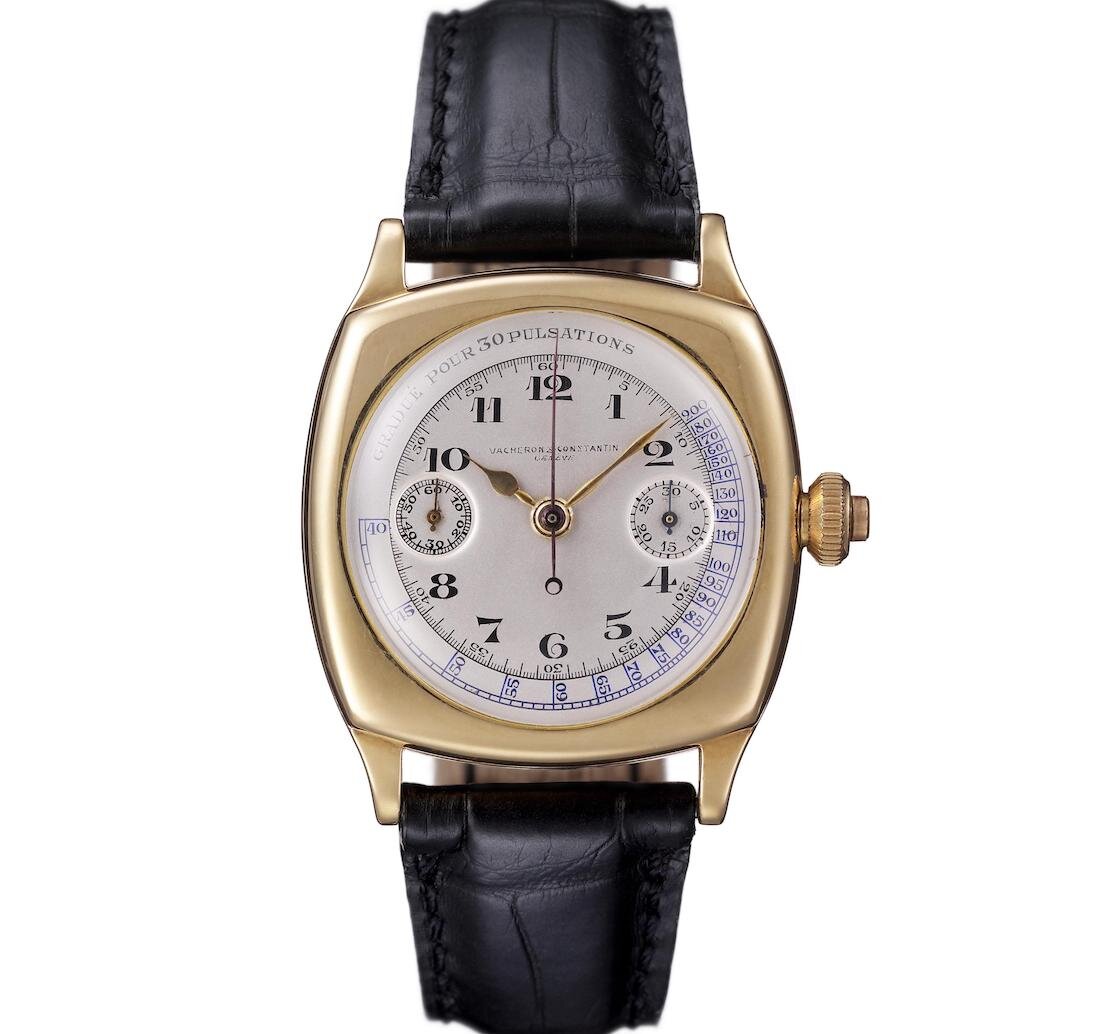On the occasion of the 100th anniversary of the American 1921 watch, the "Classic with a twist" exhibition celebrates the creative freedom of Vacheron Constantin at the dawn of the 20th century. From the 1910s to the 1930s, Vacheron Constantin was particularly renowned for its extraordinary artistic effervescence. The wide range of different-shaped ‘form’ cases and special displays on show in this exhibition reflects an exciting chapter in the history of Vacheron Constantin.
"Classic with a twist" is first and foremost a story of freedom, the tale of a singular style that emerged in the context of the Roaring Twenties and the Art Deco movement through a daring variety of shapes, designs, and geometrical figures: atypical shapes, strict squares, and surprising lozenges, elegant cushions, as well as a few examples of special displays and off-center indications. The "Classic with a twist" exhibition bears witness to the creative energy expended by Vacheron Constantin between 1910 and the end of the 1930s: an exhilarating period conducive to making daring moves, flouting convention, and opening up to all kinds of stylistic fancies.
Considered an exclusively feminine accessory at the end of the 19th century, it was at the turn of the 20th century that the wristwatch began to conquer the hearts of men, won over by the functionality and comfort of keeping track of time on their wrists. True to its pioneering spirit, Vacheron Constantin showed an early awareness of the evolution in the art of wearing a watch by creating —in 1889 already— a ladies' model on a bangle-type bracelet, probably the oldest wristwatch in the company's heritage known to date. Thanks to the considerable progress made in the miniaturization of its movements, Vacheron Constantin freely expanded its field of creative expression through an incredible variety of avant-garde designs. Tonneau, lozenge, rectangle, cushion, oval, curved or cambered silhouettes: through the choice of pieces on display, "Classic with a twist" reminds us that all the iconic case shapes we know today were created between the 1910s and 1920s.
This special exhibition will be available for viewing starting today thru November 2021 at the Vacheron Constantin North American Flagship located at 28 East 57 Street in New York City.
Timepieces in the Exhibition
At the turn of the century, the wristwatch gradually became an everyday accessory, potentially a piece of jewelry. The tonneau shape naturally made its appearance thanks to its seamlessly integrated strap lugs and case.
Vacheron Constantin 18K yellow gold, Ref. 10144 circa 1915
In 1915, Vacheron Constantin interpreted it in an elongated shape made of 18K yellow gold. The matte silver-toned dial of this reference is swept over by blued steel ‘oeil de perdrix’ hands and punctuated by 12 elegant black enamelled Arabic numerals and an inner minute track.
Vacheron Constantin 18K yellow gold, Ref. 10594 circa 1915
In the 1910s, Vacheron Constantin expended considerable effort on miniaturizing its calibres and endowing its creations with the finesse and elegance required for wearing time on the wrist. Accuracy, functionality, discretion, and ergonomics are at the heart of this tonneau-shaped watch produced in 1915. An elegant 18K yellow gold case frames a silver-toned dial rimmed by a minute track and graced with black enameled Arabic numerals and ‘oeil de perdrix’ hands.
Vacheron Constantin 18K yellow gold, Ref. 10970 circa 1917
Neither rectangular nor oval, this 1917 timepiece bears witness to Vacheron Constantin's creative boldness at the dawn of the Roaring Twenties through its generously curved 18K yellow gold case. This inventiveness is also reflected in the design of the matt silver-toned dial highlighted by black enameled Arabic numerals of various sizes, while an outer minute track and ‘oeil de perdrix’ hands strike a more traditional note.
Vacheron Constantin American 1921 18K yellow gold, Ref. 11677 circa 1919
Between 1919 and 1921, Vacheron Constantin produced two series of six cushion-shaped watches with offset dials and offset crowns. Two of these were sold in 1928 to the famous American clergyman and newspaper writer, Reverend Samuel Parkes-Cadman, including this 1919 model in 18K yellow gold with a crown at 11 o'clock and a white enamel dial bearing enameled Arabic numerals and a small seconds hand between 4 and 5 o’clock
Vacheron Constantin Monopusher Chronograph 18K yellow gold, Ref. 11059 circa 1928
Horological complications were also progressively miniaturized to fit smaller cases, thus enhancing elegance and comfort on the wrist. This ever-greater technical sophistication is exemplified in this 18K yellow gold cushion-shaped single-pusher chronograph produced in 1928. As far as indications are concerned, there is a clear focus on legibility with a dial punctuated by 10 painted Arabic numerals, a graduated pulsometer scale for 30 beats, and gold leaf-type hands.
Vacheron Constantin Minute Repeater white and pink gold, Ref. 11243 circa 1930
From the 1920s onwards, the minute repeater mechanism became the third type of complication sufficiently miniaturized to be incorporated into a wristwatch case. In 1930, Vacheron Constantin chose to house this sophisticated mechanism in a cushion-shaped case in white and pink gold. Its refined style extends onto the vertical brushed silver-toned dial, swept over by pink gold ‘oeil de perdrix’ hands.

























